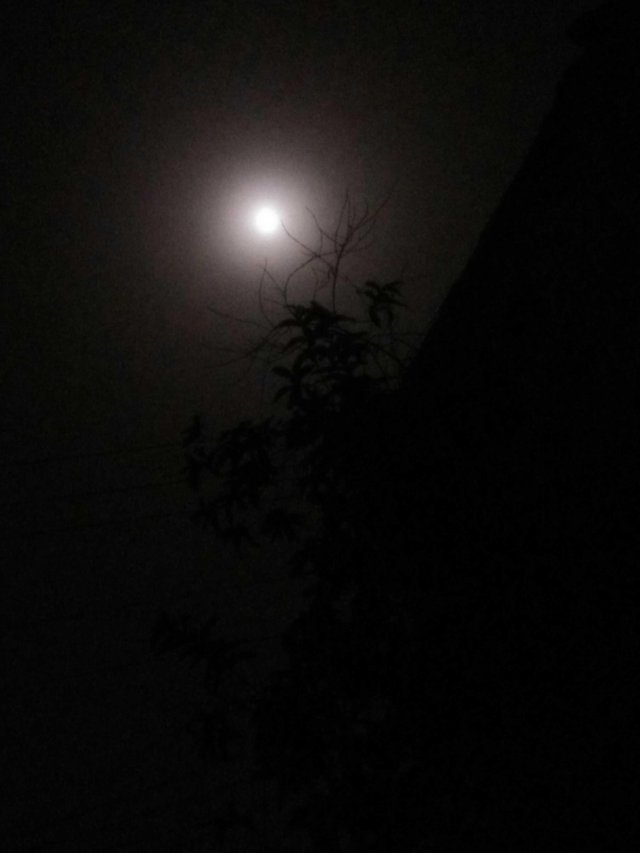FULL MOON
The full moon is the lunar phase when the Moon appears fully illuminated from Earth's perspective. This occurs when Earth is located directly between the Sun and the Moon (more exactly, when the ecliptic longitudes of the Sun and Moon differ by 180°). This means that the lunar hemisphere facing Earth – the near side – is completely sunlit and appears as a circular disk, while the far side is dark. The full moon occurs once roughly every month.
When the Moon moves into Earth's shadow, a lunar eclipse occurs, during which all or part of the Moon's face may appear reddish due to the Rayleigh scattering of blue wavelengths and the refraction of sunlight through Earth's atmosphere.[3][4][5] Lunar eclipses happen only during full moon and around points on its orbit where the satellite may pass through the planet's shadow. A lunar eclipse does not occur every month because the Moon's orbit is inclined 5.14° with respect to the ecliptic plane of earth; thus, the Moon usually passes north or south of Earth's shadow, which is mostly restricted to this plane of reference. Lunar eclipses happen only when the full moon occurs around either node of its orbit (ascending or descending). Therefore, a lunar eclipse occurs approximately every 6 months and often 2 weeks before or after a solar eclipse, which occurs during new moon around the opposite node.
The interval period between a new or full moon and the next same phase, a synodic month, averages about 29.53 days. Therefore, in those lunar calendars in which each month begins on the day of the new moon, the full moon falls on either the 14th or 15th day of the lunar month. Because a calendar month consists of a whole number of days, a lunar month may be either 29 or 30 days long. 